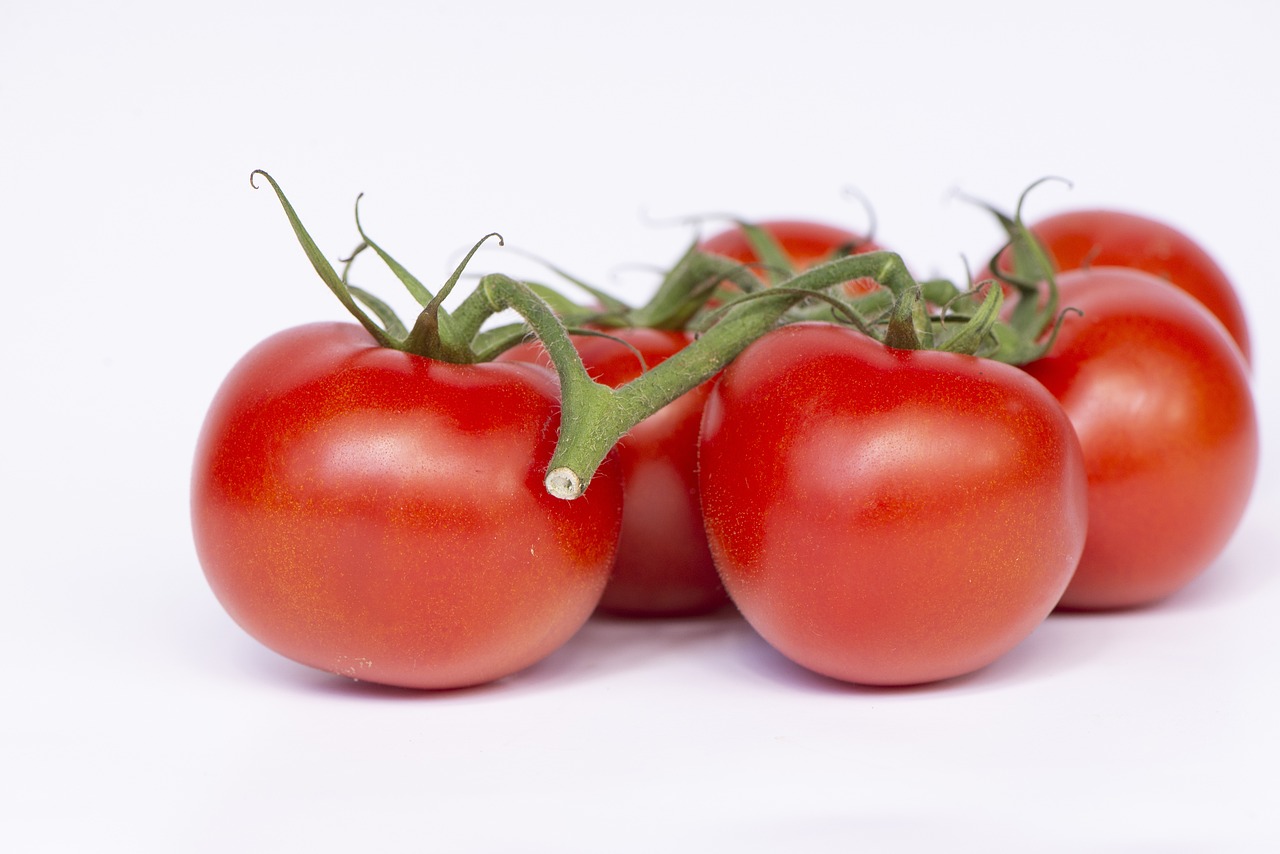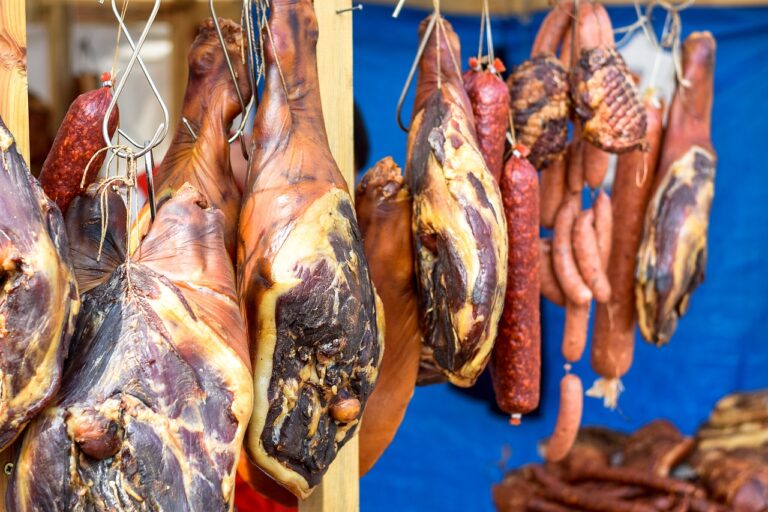Food and Social Justice: Addressing Inequality in Access to Healthy Food
Food inequality refers to the unequal distribution of food resources and access to nutritious options among different populations. This disparity often results in certain groups having limited choices in the types of food available to them, leading to a lack of variety in their diets. Factors such as income level, geographic location, and cultural barriers play a significant role in perpetuating food inequality.
Individuals experiencing food inequality may have limited access to fresh fruits and vegetables, whole grains, and lean proteins, which are essential components of a healthy diet. As a result, these individuals may rely on cheaper, processed foods that are high in fat, sugar, and sodium, increasing their risk of developing diet-related health issues such as obesity, diabetes, and heart disease. Food inequality is a multifaceted issue that requires addressing systemic barriers to ensure that all individuals have access to affordable, nutritious food options.
The Impact of Socioeconomic Status on Food Access
Food access is significantly influenced by socioeconomic status, with individuals of lower economic means facing greater challenges in obtaining nutritious and affordable food options. This disparity often leads to limited access to fresh produce, lean proteins, and other essential food items, contributing to higher rates of malnutrition and chronic health conditions among lower-income populations. Barriers such as limited transportation options, food deserts in urban areas, and higher food prices in low-income neighborhoods further exacerbate the inequities in food access based on socioeconomic status.
Moreover, the impact of socioeconomic status on food access extends beyond physical availability to encompass factors such as education, food literacy, and cultural preferences. Individuals with higher incomes often have access to resources that enable them to make more informed decisions about their food choices, such as nutrition education programs and cooking classes. In contrast, individuals with limited financial resources may lack the knowledge or skills to select and prepare healthy meals, perpetuating cycles of unhealthy eating habits and dietary-related health issues.
• Individuals of lower economic means face challenges in obtaining nutritious and affordable food options
• Limited access to fresh produce, lean proteins, and essential food items contribute to higher rates of malnutrition and chronic health conditions among lower-income populations
• Barriers like limited transportation options, food deserts in urban areas, and higher food prices in low-income neighborhoods worsen inequities in food access based on socioeconomic status
• Socioeconomic status affects factors such as education, food literacy, and cultural preferences related to food choices
• Higher-income individuals have resources for informed decision-making like nutrition education programs and cooking classes
• Lower-income individuals may lack knowledge or skills for selecting and preparing healthy meals, leading to unhealthy eating habits and dietary-related health issues
The Role of Race and Ethnicity in Food Justice
Food justice is a multifaceted issue that is intricately tied to race and ethnicity. Marginalized communities, particularly those of color, often face disproportionate challenges in accessing affordable, nutritious food. These disparities can be attributed to a range of systemic factors, including historical injustices, discriminatory practices, and socioeconomic barriers.
Communities of color are more likely to live in food deserts, areas where fresh and healthy food options are scarce. This lack of access to nutritious food perpetuates cycles of poverty and health disparities, contributing to higher rates of diet-related diseases within these populations. Addressing the role of race and ethnicity in food justice is essential for creating a more equitable food system that ensures all individuals have access to the resources they need to lead healthy lives.
What is food inequality?
Food inequality refers to the unequal distribution of food resources and access to nutritious food options among different populations.
How does socioeconomic status impact food access?
Socioeconomic status plays a significant role in determining access to healthy and affordable food options. Low-income communities often have limited access to grocery stores and fresh produce, leading to higher rates of food insecurity.
Why is race and ethnicity important in the context of food justice?
Race and ethnicity are important factors in understanding food justice because certain racial and ethnic groups are disproportionately affected by food insecurity and lack access to healthy food options. Addressing racial disparities in food access is crucial for achieving food justice.
What can be done to address food inequality and racial disparities in food access?
Some solutions to address food inequality and racial disparities in food access include increasing access to affordable and nutritious food options in underserved communities, supporting local food initiatives, and advocating for policies that promote food justice for all populations.







